.avif)

Technology evolves rapidly, and advertisers must adapt their strategies to keep pace with these changes. One pivotal shift in recent years is the rise of remarketing and the creation of custom audiences. These tools have revolutionized how brands connect with consumers, enabling highly targeted advertising that delivers the right message to the right person at the right time. Let’s explore how these strategies are reshaping the advertising landscape.
Remarketing involves showing tailored ads to consumers who have already visited a brand’s website, using tools like cookies or pixels. As Big Commerce explains, a cookie is a small text file stored on a browser to track a user’s journey through a website. This data helps brands understand consumer interests and serve personalized ads that encourage them to return.
Why is this crucial? Because online shopping carts are abandoned at an alarming rate. “Recent studies show that the average cart abandonment rate is averaging at 70% and rising,” notes Big Commerce. Remarketing allows brands to re-engage these potential customers at different stages of their journey, significantly boosting conversion rates.
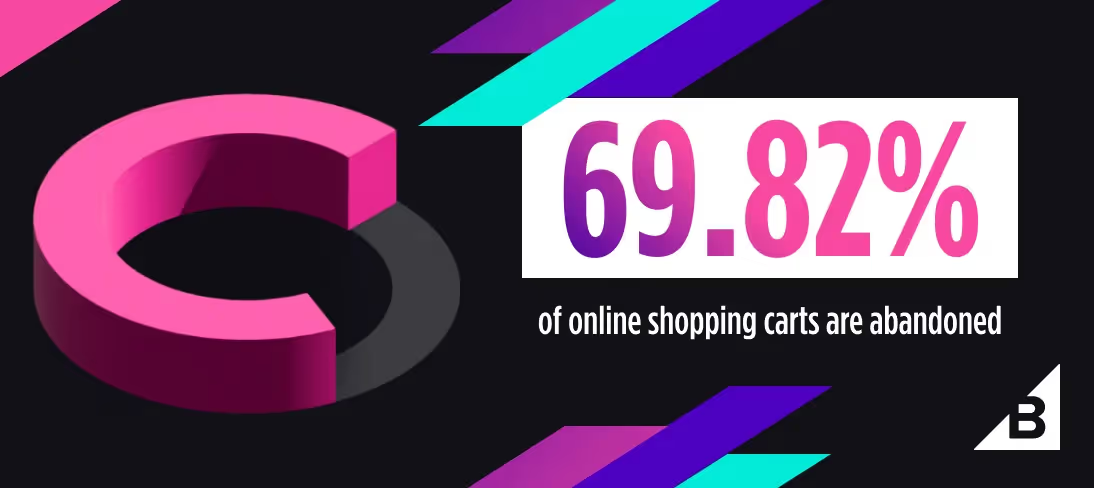
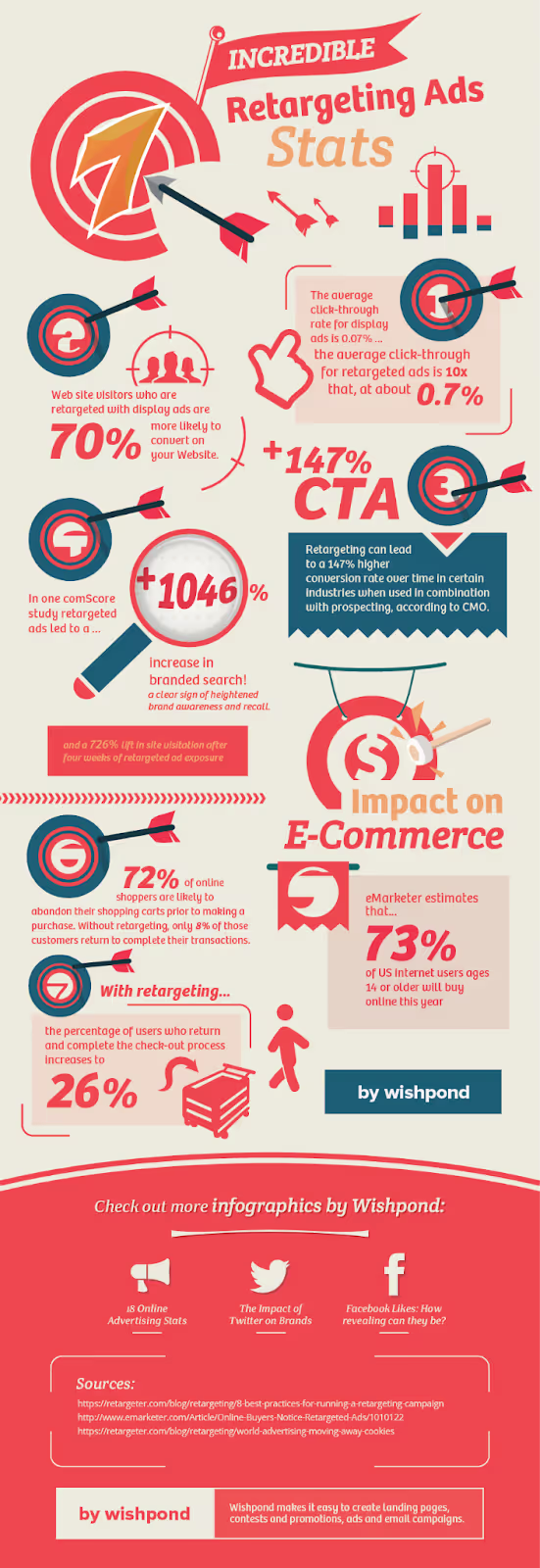
Advertising in today’s digital age is undergoing significant transformations. Among the key trends are:
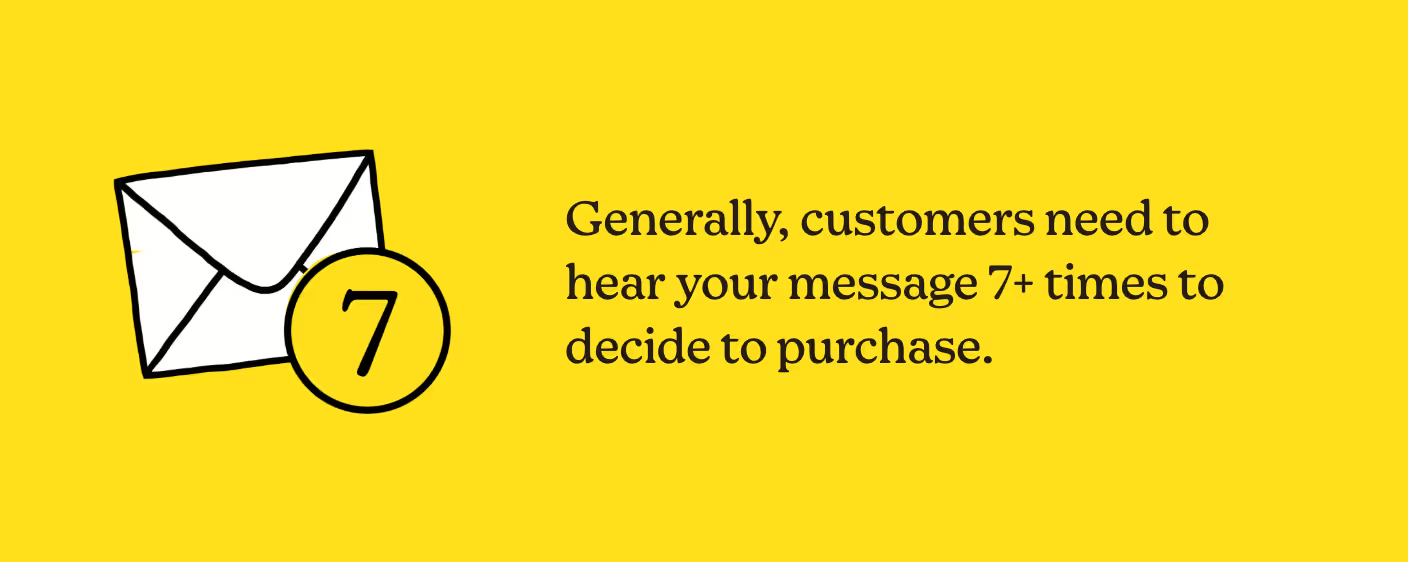
Custom audiences enable brands to target specific groups based on data such as website visits, email lists, or social media behavior. Platforms like Meta allow advertisers to build these audiences using various data sources, including:
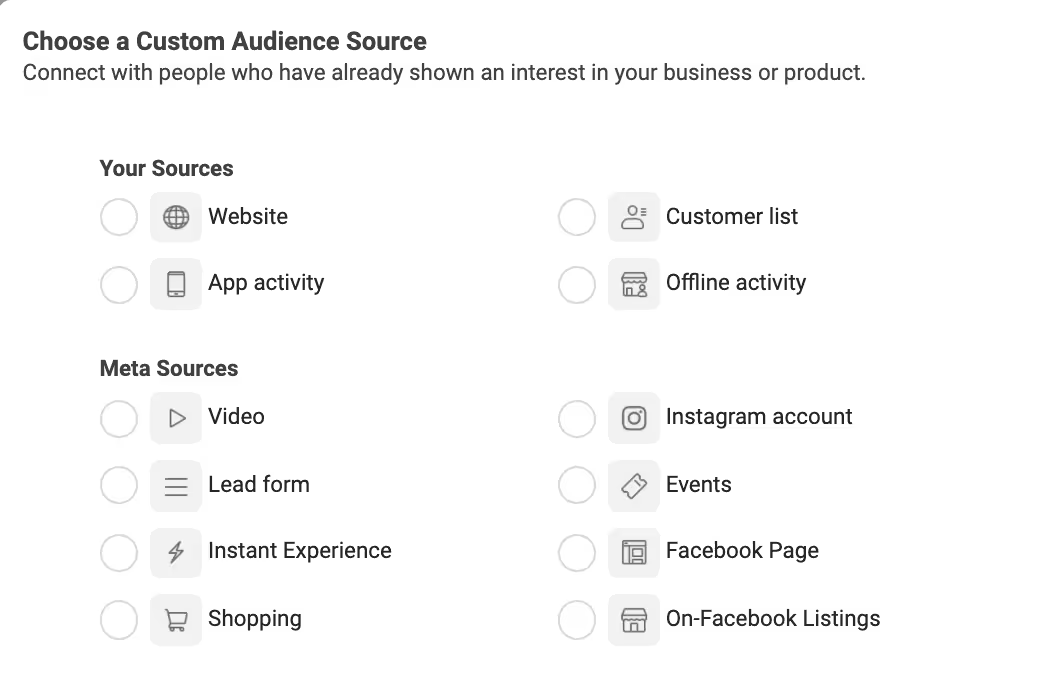
Advanced tools even apply AI to enhance data, enriching it with demographics, psychographics, and geographic details. This creates more precise personas and boosts campaign effectiveness. For example, a sports apparel brand can target fitness enthusiasts who recently visited a gym or attended a marathon.
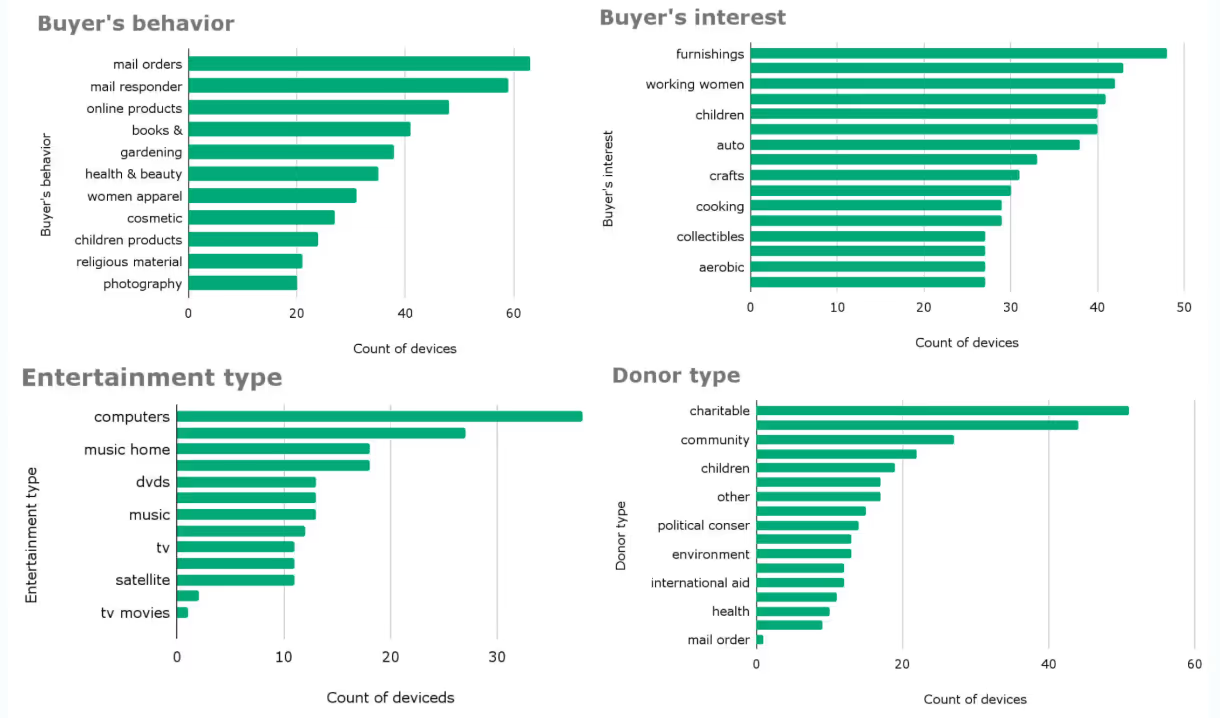
With audience insights on demographics, interests, and buying behaviors, marketers are then able to build Persona profiles. Personas help brands visualize their ideal customers and design unique content marketing campaigns around those audience segments.
For example, a brand targeting women aged 25-35 interested in fashion and fitness can craft campaigns that resonate with this audience’s unique needs. Personas make marketing efforts more strategic and impactful which in turn improves marketing ROI.
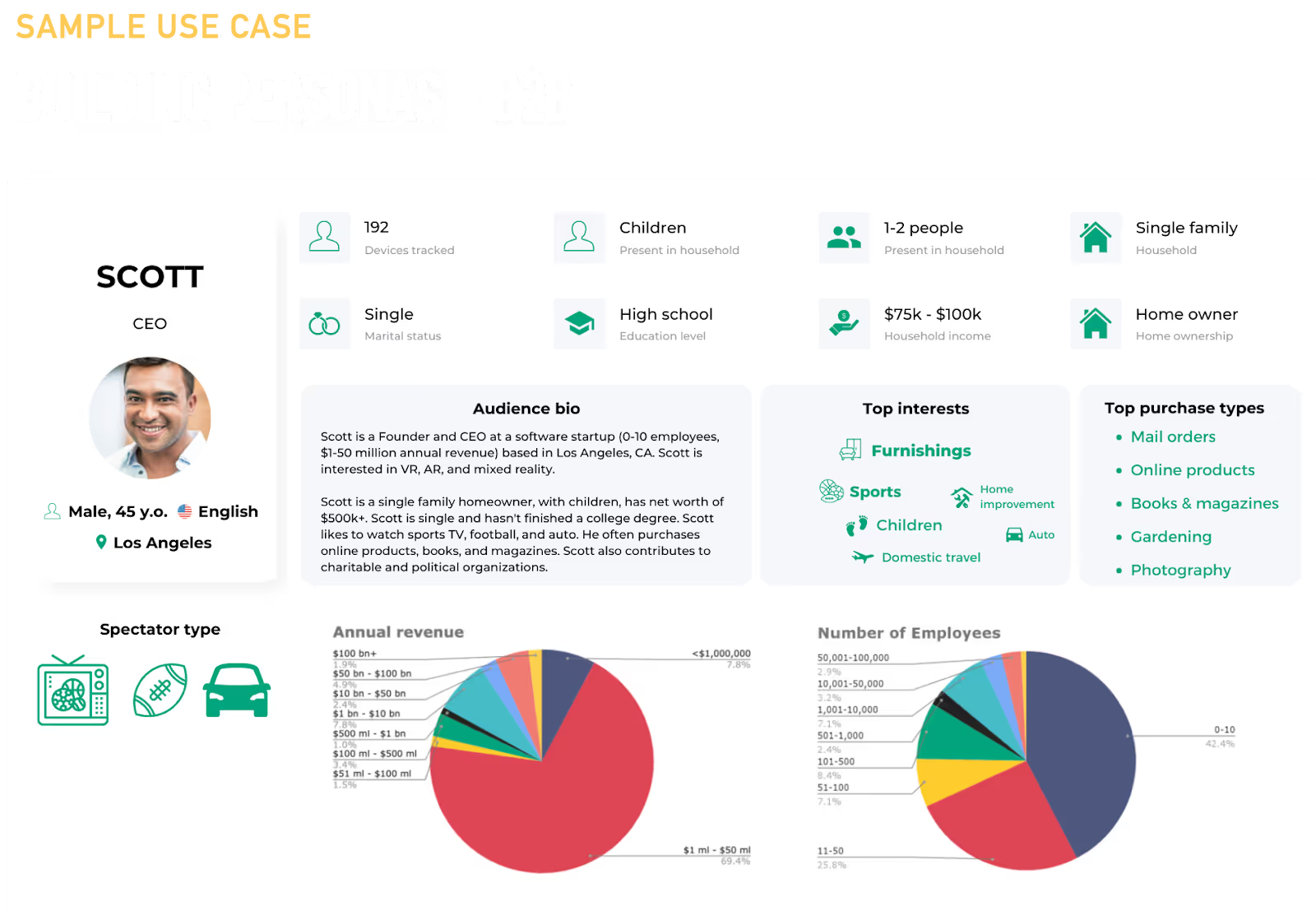
Geotargeting leverages location data to deliver ads based on a user’s geographic position and behavior. This strategy is particularly effective for:
For instance, if you regularly visit a coffee shop, geotargeting might prompt a nearby competitor to send you a discount notification. With up to 1M/3.28 ft accuracy, this approach aligns campaigns with real-world actions, driving customer engagement.
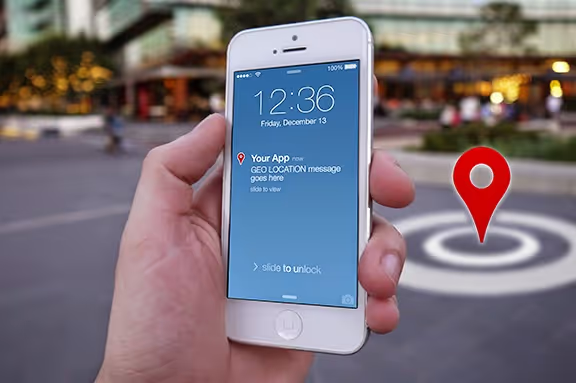
Many consumers now blend online and offline shopping. These hybrid shoppers require nuanced targeting. Brands analyze behaviors, such as how long it takes for a customer to visit a store after interacting online, to create tailored messaging. For example, a retailer might send a reminder or offer after observing a delay in the customer’s purchasing journey.
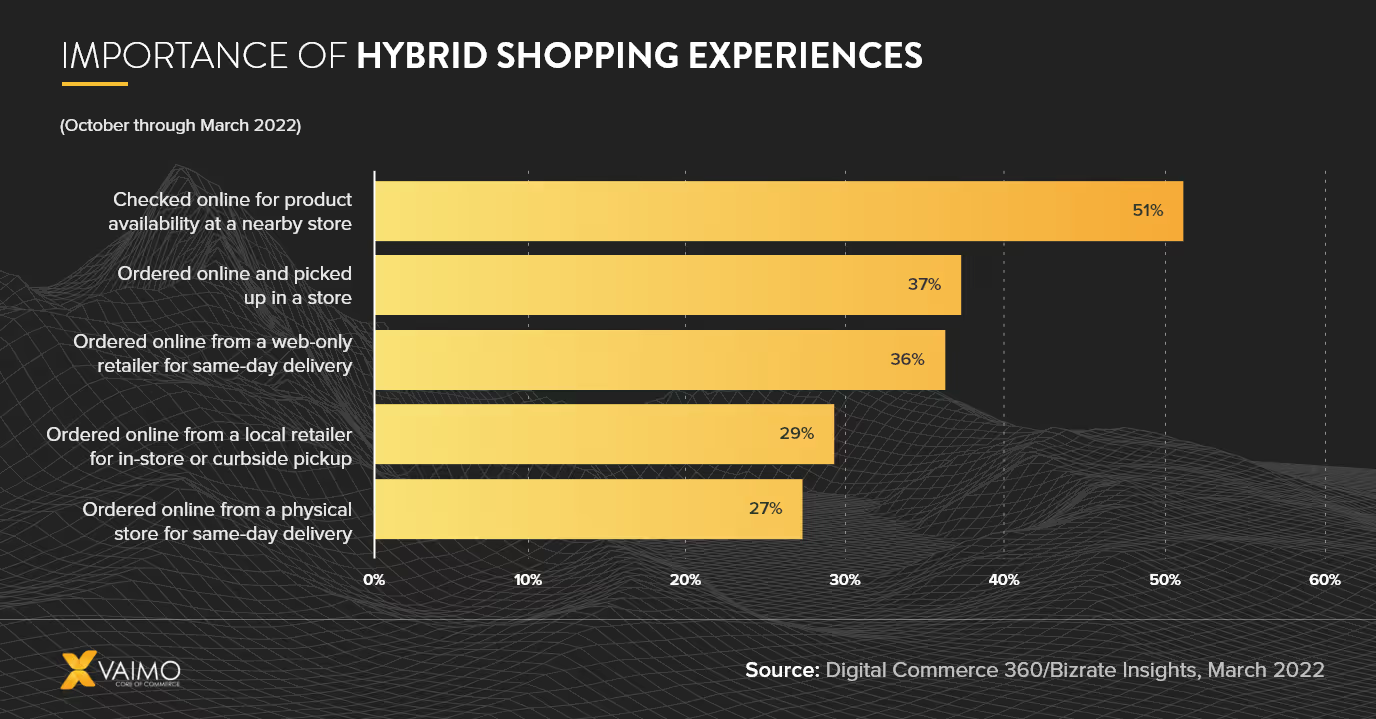
As the digital landscape continues to evolve, custom audiences serve as a powerful strategy to maintain a competitive edge and deliver targeted, impactful marketing campaigns. Enrich your first-party data for 360° insights and targeting, go beyond CRM, and reach your audience across multiple channels.
Listen to our webinar Geofencing with Events IQ to learn more about how you can target audiences based on the events they attend, stores they visit, and other location preferences.